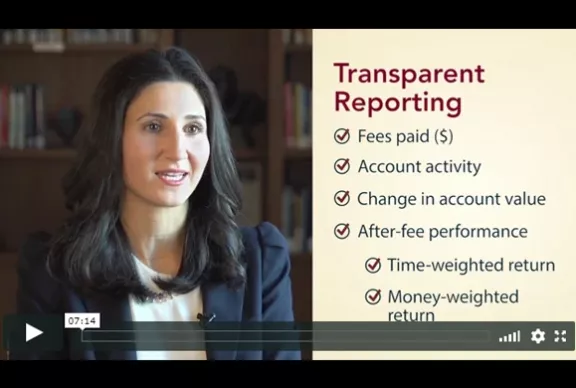

Views & Insights
Periodically we publish content that puts our principles and views into practice, because education is an essential component of long-term investment success.
CATEGORY: Investment counselling

Minerva Issue 2: Invert, Always Invert
Minerva | October 2019
The past 30 years have truly been a spectacular period to be invested in stocks. A US$10,000 investment in the S&P 500 Index at the end of 1988 would have grown...

Tough October
The Journal | November 2018
It was another tough October—famously the most difficult month of the year for the stock market. There once was a rational explanation for this phenomenon. In the old days,...

Stoic Training for Private Investors
The Journal | March 2018
Philosophy seems to be trending these days. In 2013, Burgundy sought investing inspiration from ancient Greece, publishing a View on Stoicism and the Art of Portfolio Intervention. Several tech entrep...

Time in the Market
The Journal | July 2017
There was a recurring theme at the annual Burgundy Client Day on June 8th: the market is getting expensive. Burgundy’s Portfolio Managers highlighted the difficulties finding high-quality companies...

CRM2, Time-weighted and Money-weighted Rates of Return
December 2016
CRM2 refers to a new set of regulations put in place to enhance transparency in the investment industry, particularly around fees and performance....

What are Money-weighted Rates of Return?
The Journal | December 2016
Over the last few months, you may have heard reference to “CRM2,” a set of regulations meant to enhance transparency in the investment industry by mandating investment management firms, dealers...

PDF: Measuring Investment Performance
December 2016
Investment industry regulators have made a significant move to enhance transparency for investors regarding the method in which performance returns are reported. We see this as a positive for the...

Our Best Guess
The Journal | June 2016
Investors often have a notion about what is an acceptable or desired rate of return on their capital. This rate of return is typically expressed in percentage terms. For example, “...